Fir (Abies) is a genus of 45 - 55 species of evergreen coniferous trees from the pine family. They are all trees, growing to anywhere from 33 ft (10 m) to 262.5 ft (80 m) tall and with a trunk diameter of 1.5 ft (0.5 m) - 13 ft (4 m). Firs differ from other pine trees in that their leaves (needles) are attached at the base through small cups and also by their cylindrical cones, that are anywhere from 2″ (5 cm) - 10″ (25 cm) long and break apart once they reach maturity in order to release their seeds.
Firs are most closely related to cedar (Cedrus). The fir genus has spread all over Asia, North Africa, North and Central America, into nearly all mountain regions.
Species of Fir
Differentiation of the different species is determined by examining the size and arrangement of the leaves, the size and shape of the cones, as well as the size and arrangement of the pine cone scales. There are about 40 species of fir commonly recognized, many of which look very similar to one another and only an experienced botanist would be able to tell them apart.
Abies alba or silver fir. This tree can grow up to 213 ft (65 m) tall, it has a highly developed root system. The crown of the silver fir is nearly cylindrical. The branches grow horizontally. The leaves are needle-like, incised or sharpened at the tips, in a double-sided comb arrangement, with 2 silvery rows on the bottom. The leaves on the fruit branches stick upward.
The mature cones of silver fir stand upright, located in the bosom of the leaves (the male and female ones are on different branches). Upon reaching maturity, they shed scale by scale, until only their stems remain on the tree by the time spring rolls around. The seeds of silver fir are inverted cone shaped, with a light brown color, and a winged seed nearly 3 times larger. The silver fir blooms during spring, while its seeds ripen in fall. The whole plant has a delightful balsamic smell. Silver fir is widespread in Northern and Southern Europe, as well as the European part of Russia.

Abies nordmanniana or Nordmann fir is indigenous to the Caucases and Asia Minor. This species can grow up to 98.5 ft (30 m) tall. It's a little less sensitive to cold late in the season, in comparison to the silver fir and is much more beautiful than it. For this reason, Abies nordmanniana is more often used to decorate the cityscape.
Abies cephalonica or Greek fir, as its name suggests, is native to Greece. The tree grows up to 65.5 ft (20 m) tall. This fir is more resistant to drought and prefers warmer chalky soils, although it does also thrive in humid atmospheres and more temperate climate. The Greek fir is an excellent park tree.
Abies pinsapo is native to Spain. This species grows up to 65.5 ft (20 m) tall and has a wide pyramidal crown. Abies pinsapo has a particularly decorative effect in gardens.
Abies concolor originates from North America. It is among the most impressive of firs. The tree grabs the eye with its grey-white bark and grey color of the needles. Besides beautiful, this species is also very tough. Abies concolor is highly resistant to drought and low winter temperatures. It grows quickly and does not do well in the shade. It is more resistant to city pollution and smoke than any other firs.
Abies grandis is indigenous to North America. This species is closely related to Abies concolor but requires higher atmospheric and soil humidity. It grows quickly, reaching up to 197 ft (60 m) tall. Abies grandis is suitable for planting in gardens.
Abies balsamea is also indigenous to North America. It grows slower, up to 82 ft (25 m) tall. It thrives well in higher atmospheric humidity.
Abies nobilis is another one native to North America, reaching 197 ft (60 m) tall. It looks majestic with its beautiful grey decoration on the foliage.
Composition of Fir
The entire silver fir tree contains a resin, its composition in turn containing essential oil, abietic acid, succinic acid, bitter substances and dyes.
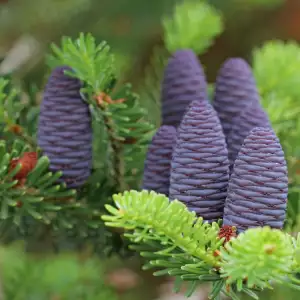
The branches contain essential oil. The essential oil itself contains alpha-pinene, camphene, beta-pinene, limonene, p-cymene, bornyl acetate, lauraldehyde, decyl aldehyde, sesquiterpene and others.
The leaves (needles) contain catechin tannins, tocopherol (vitamin E), vitamin C and others. The seeds of firs contain essential oils, which in turn contain limonene, 1-alpha-pinene and others. They also contain fatty oils.
Growing Fir
Firs thrive in humid, deep, nutrient and humus rich soil. They don't develop well in dry, sandy, heavy, non-airy, clay or chalky soils, as well as in swampy soils that are too wet. They require higher air humidity. Humid mountain or marine climates are good for them.
The young plants, as well as the young branches of some species are sensitive to late seasonal colds. When planting firs, avoid eastern and southern exposures, they prefer north and west. Firs attain normal development only in open areas but they can withstand semi shade or a light shading from other tall trees. Most species can't endure polluted and smoggy air, so find it hard to thrive in big, dusty cities.
Firs reproduce via seeds, grafts and cuttings. Plant the seeds out in open, spacious areas and be sure to provide shade for the young plants during summer. Transplant the seedlings at 1 or 2 years of age. Don't plant them in their permanent place before their 4th year of life. The more interesting species, such as А. amabilis, A. arisonica, A. cephalonica, A. cilicica, А. nobilis, А. pinsapo, can be put in a cold frame greenhouse.
The species that are distinguished by the decoration on their leaves and forms need to be grafted onto А. alba, while longleaf pine needles need to be grafted onto А. Nordmanniana. Use the side grafting method during April or May out in the open. Prepare the rootstocks beforehand in pots. Always use branches from the top for scions. Short pines are propagated mainly using cuttings, which are made in early fall in pots and then transferred to flower shops.
Benefits of Fir
The silver fir is a traditional medicinal remedy in folk medicine. It has antimicrobial, antiviral, anti-inflammatory and expectorant effects. The leaves of firs are used in folk medicine to treat bronchitis, cysts, leukorrhea, ulcers and colic.
The extract from the branches and pine cones of silver fir is used as a prophylactic against avitaminosis. In the past, silver fir extract was an irreplaceable treatment against scurvy. The content of ascorbic acid in silver fir branches reaches its peak during the month of April. In folk medicine, the extract from the young branches of silver fir is also used for kidney and bladder diseases.
The essential oil of silver fir is extremely beneficial; it is found not only in the branches and needles but in the tree bark as well. The essential oil of silver fir is used to synthesize camphor - a substance with a wide range of applications in medicine. Camphor is used to stimulate the nervous system, as well as cardiac and lung function. It is irreplaceable for states of shock, heart failure, overdose of sleep aids or drugs.
If a person is suffering periods of acute rheumatic pain, they can use essential oil of silver fir to rub on the problem areas until there is improvement. The essential oil is also used for refreshing baths and is a component in many ointments against hair loss. The essential oil of silver fir retains its healing properties for 1 year. But since it oxidizes when exposed to air, it needs to be stored in a dark glass container.
Folk Medicine with Fir
The branches, needles and seeds of fir, when fresh, find use in folk medicine for the treatment of respiratory diseases and to help a weakened body recover after an illness. Make a syrup from it as follows: finely cut the branches and needles of the fir and boil them into a syrup with sugar. Take 1 tbsp of it 3-4 times a day.





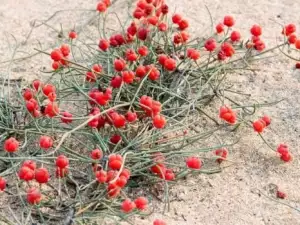
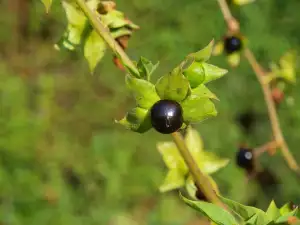
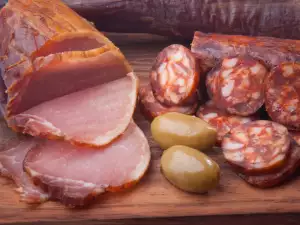
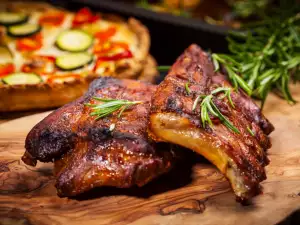
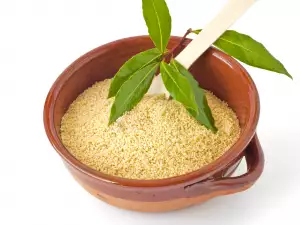
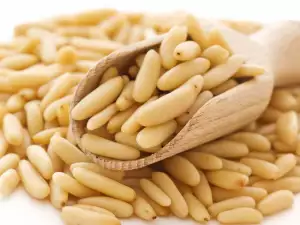
Comments